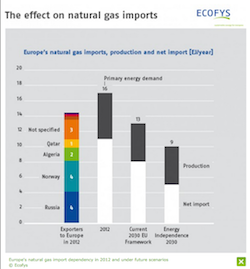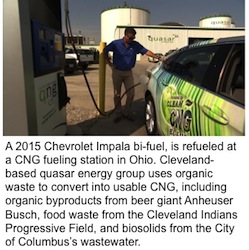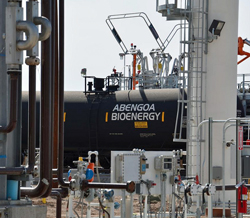Fuels America has launched a new TV and radio campaign thanking American renewable fuels supporters Minnesota Senator Al Franken, Minnesota Rep. Collin Peterson, Nebraska Rep. Lee Terry and Michigan Rep. Gary Peters for fighting for local jobs and working to end America’s reliance on foreign oil.
The ads, on the radio in Minnesota and in Michigan and on television in Nebraska, thank the elected officials for supporting the Renewable Fuel Standard (RFS), the policy that allows domestic renewable fuels to compete in the motor fuel market.
Ads include:
- Michigan Statewide: Radio ad titled “Our Pockets” about Gary Peters’ support of the RFS and fight to break America’s addiction to foreign oil, and how the Koch Brothers and Big Oil have spent millions against Peters.
- Minnesota Statewide: Radio ad titled “Next Caller” highlighting Senator Franken’s support of the RFS and his work pushing the Obama Administration to increase production of renewable fuels.
- Minnesota’s 7th District: Radio ad titled “Change Course” highlighting Collin Peterson’s support for a strong RFS, reduced reliance on foreign oil, and a stronger rural economy.
- Nebraska’s 2nd District: TV ad titled “Solution” highlighting Lee Terry’s support of the RFS.










